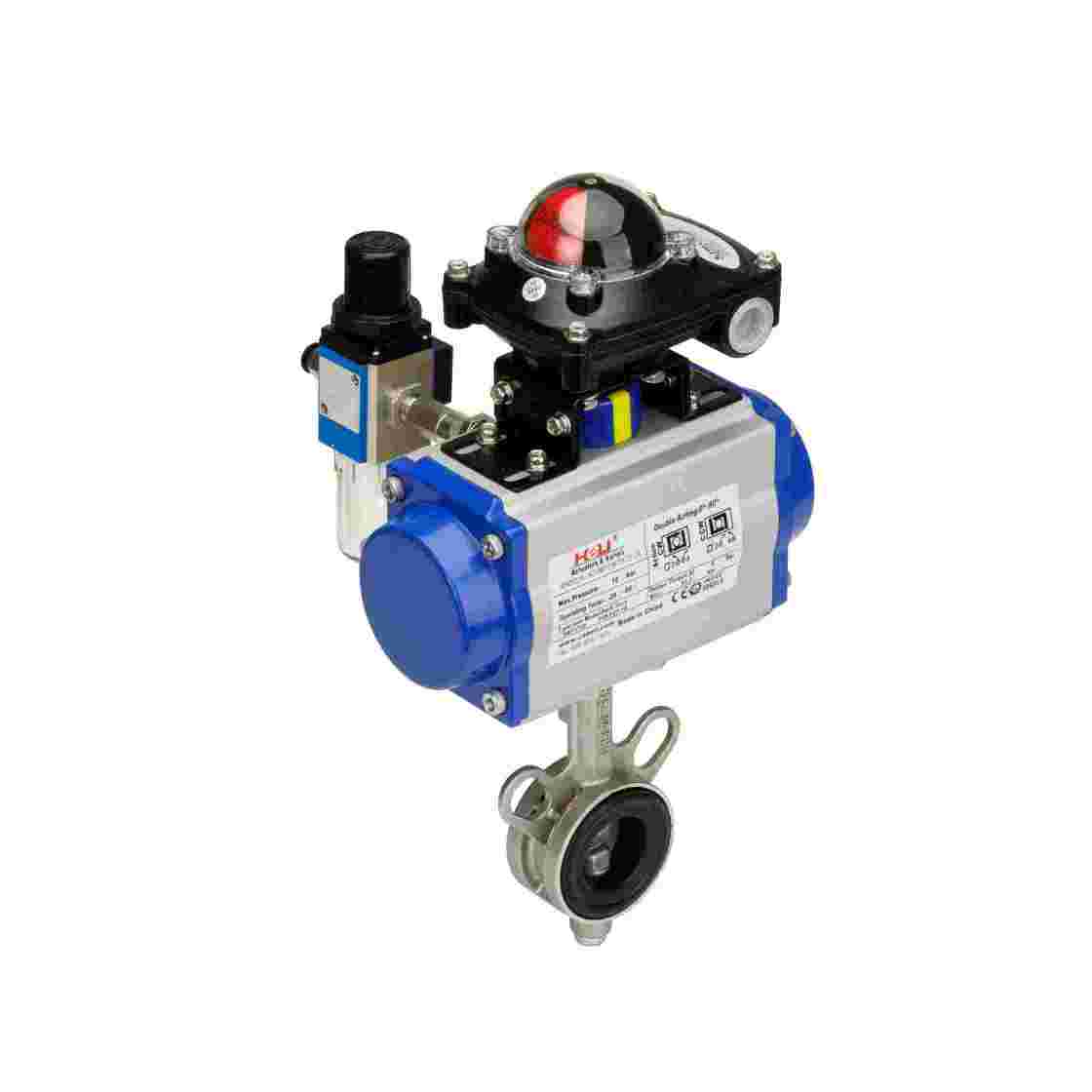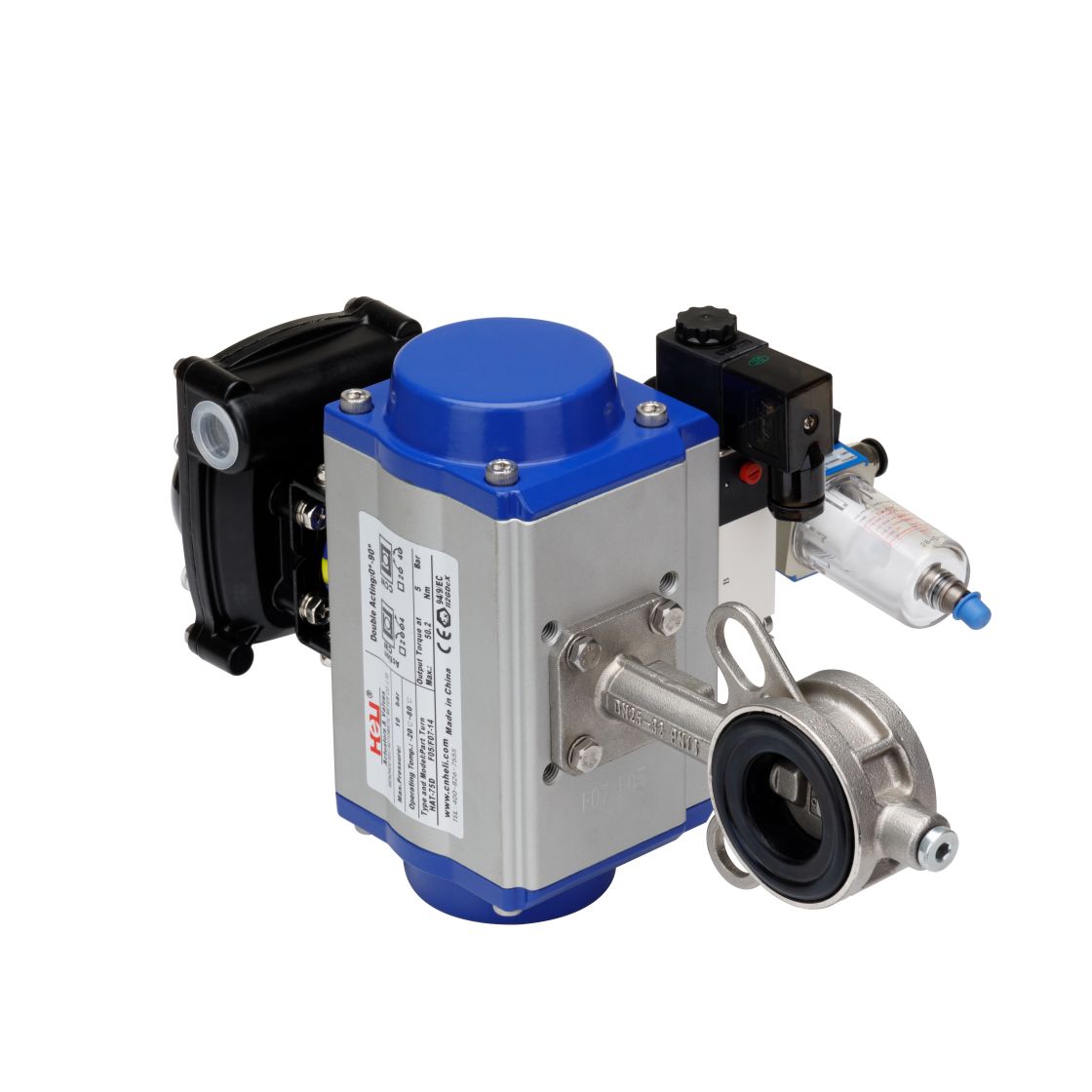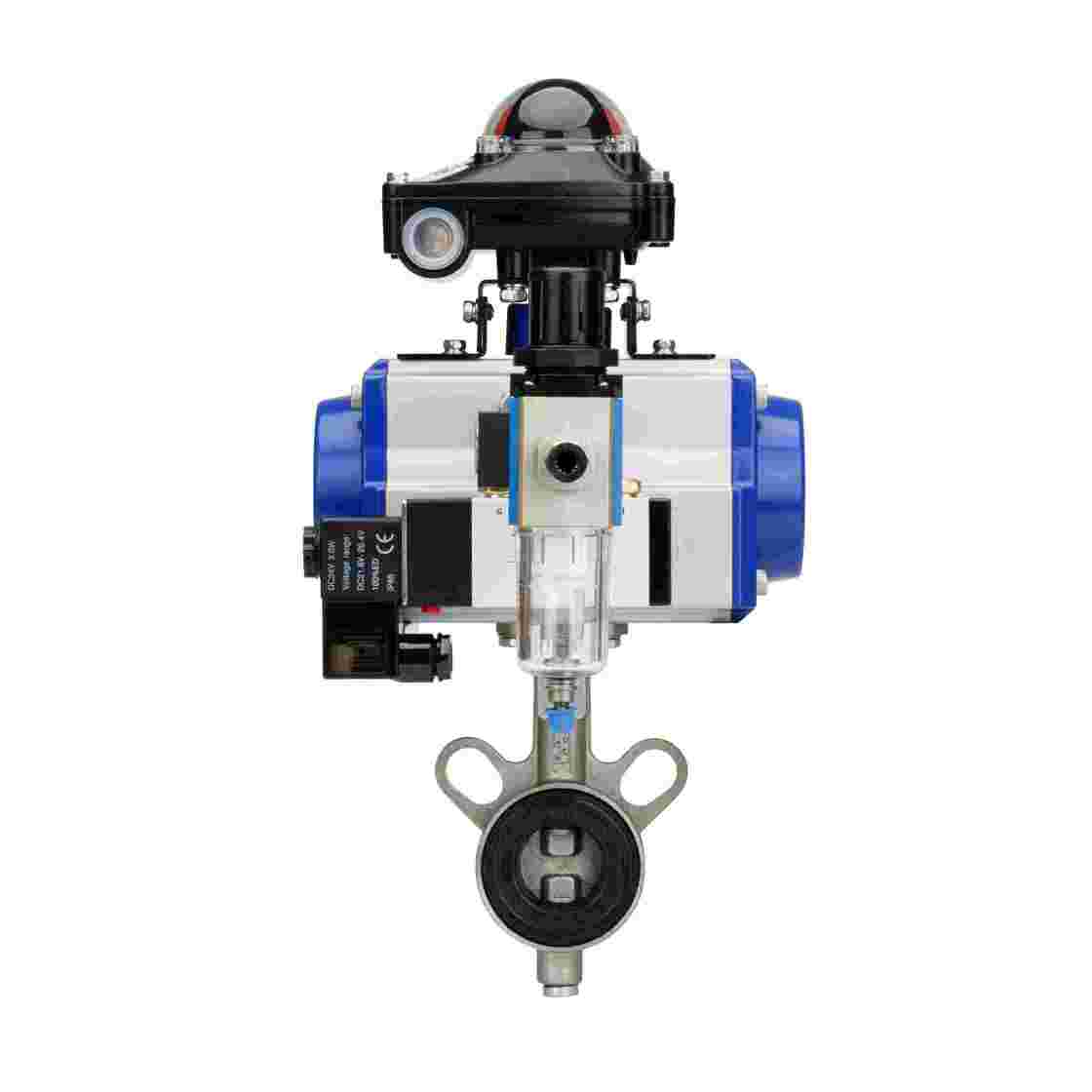

One of the key advantages of pneumatic butterfly valves is their ability to be remotely operated via compressed air. In hydrogen energy systems, this feature is particularly valuable as it enables automatic regulation of hydrogen flow without the need for manual intervention, thus enhancing the overall efficiency and safety of hydrogen distribution and storage networks. The ability to remotely control the valve is crucial in applications where maintaining consistent and precise flow is necessary to optimize performance and prevent leakage or overpressure that could lead to safety risks.
CNHELI, a leading name in the valve manufacturing industry, has made significant strides in the development of hydrogen energy pneumatic butterfly valves. With years of expertise and innovation, CNHELI has designed valves specifically tailored to meet the unique demands of the hydrogen energy sector. The company’s focus on quality, safety, and precision ensures that their valves are capable of withstanding the high pressures and low temperatures that often accompany hydrogen transport and storage.

Hydrogen energy is rapidly gaining attention as one of the most promising clean energy solutions for the future. As the world seeks alternatives to fossil fuels, hydrogen is emerging as a vital element in reducing carbon emissions and fostering sustainable energy systems. In this context, various components play critical roles in ensuring the efficient and safe transport, storage, and utilization of hydrogen. One such component is the hydrogen energy pneumatic butterfly valve. This valve, specifically designed to regulate the flow of hydrogen gas, is essential for the effective functioning of hydrogen systems, particularly in industries and applications where pneumatic control is crucial.
The hydrogen energy pneumatic butterfly valve combines innovative valve design with advanced control mechanisms, making it indispensable for hydrogen infrastructure. Pneumatic butterfly valves are primarily used for their simplicity, reliability, and cost-effectiveness in controlling the flow of various gases and liquids, including hydrogen. Unlike other valve types, the butterfly valve utilizes a rotating disc to regulate flow, which provides a tight seal and allows for precise control over fluid movement.